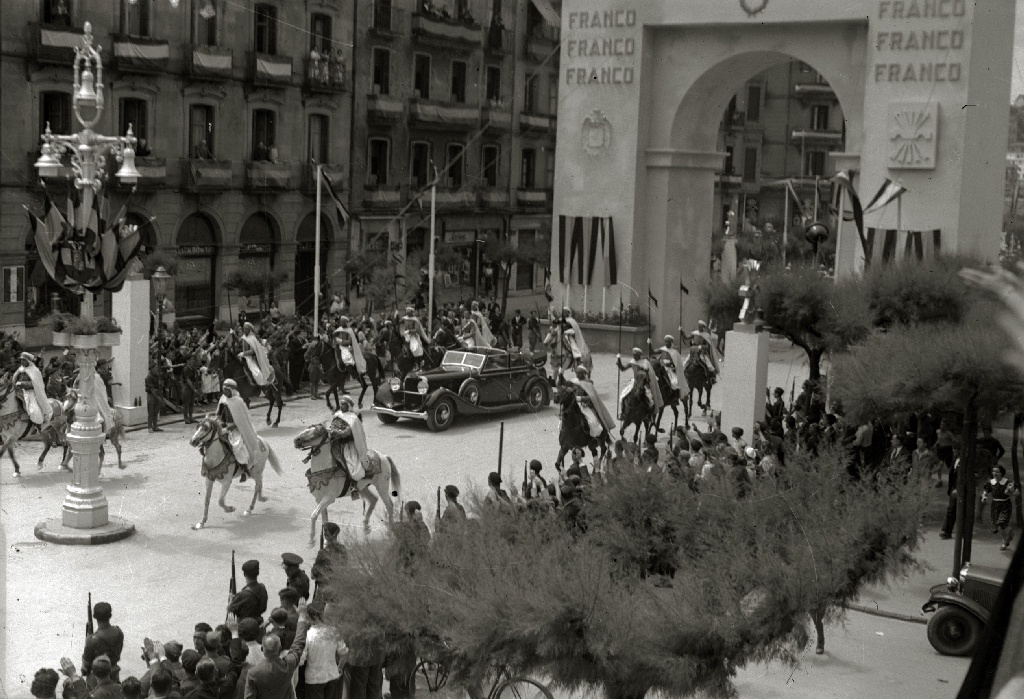Goodfreephotos / CC-BY-SA-3.0 / GFDL
1 – World War II Begins – Nazis Invade Poland
The Invasion of Poland was a joint invasion of Poland by Nazi Germany, and later the Soviet Union, which marked the beginning of World War II in Europe.
The German invasion began on 1 September 1939, one week after the signing of the Molotov–Ribbentrop Pact, while the Soviet invasion commenced on 17 September.
The campaign ended on 6 October with Germany and the Soviet Union dividing and annexing the whole of Poland under the terms of the German-Soviet Frontier Treaty.
As the Wehrmacht advanced, Polish forces withdrew from their bases close to the Polish-German border to more established lines of defense to the southeast.
Here, they expected to get support and relief from France and the United Kingdom. However, while both countries had pacts with Poland and had declared war on Germany on 3 September, their aid to Poland was limited.
The Soviet Red Army’s invasion of Eastern Poland on 17 September, in accordance with a secret protocol of the Molotov–Ribbentrop Pact, rendered the Polish plan of defense obsolete.
Facing a second front, the Polish government concluded the defense of the Romanian Bridgehead was no longer feasible and ordered an emergency evacuation of all troops to neutral Romania.
Following the Polish defeat at the Battle of Kock, German and Soviet forces gained full control over Poland. The successful invasion marked the end of the Second Polish Republic, though Poland never formally surrendered.
On 8 October, Germany directly annexed western Poland and the former Free City of Danzig and placed the remaining block of territory under the administration of the newly established General Government.
The Soviet Union incorporated its newly acquired areas into its constituent Belarusian and Ukrainian republics, and immediately started a campaign of Sovietization.
2 – Spanish Civil War Ends, Madrid Falls to Francisco Franco

The Spanish Civil War took place from 1936 to 1939.
It was fought between the Republicans, who were loyal to the democratic, left-leaning Second Spanish Republic, and the Nationalists, a group led by General Francisco Franco.
Although often portrayed as a struggle between democracy and fascism, some historians consider it more accurately described as a struggle between the leftist revolution and rightist counter-revolution.
Ultimately, the Nationalists won, and Franco was to rule Spain for the next 36 years, from 1 April 1939 until his death in November 1975.
3 – Black Friday bushfires in Australia
The Black Friday bushfires of 13 January 1939, in Victoria, Australia, were among the worst natural bushfires in the world.
Almost 20,000 km² (4,942,000 acres) of land was burned, 71 people died, several towns were entirely destroyed and the Royal Commission that resulted from it led to major changes in forest management.
Over 1,300 homes and 69 sawmills were burned, and 3,700 buildings were destroyed.
It was calculated that three-quarters of the State of Victoria were directly or indirectly affected by the disaster.
The Royal Commission noted that “it appeared the whole State was alight on Friday, 13 January 1939”.









